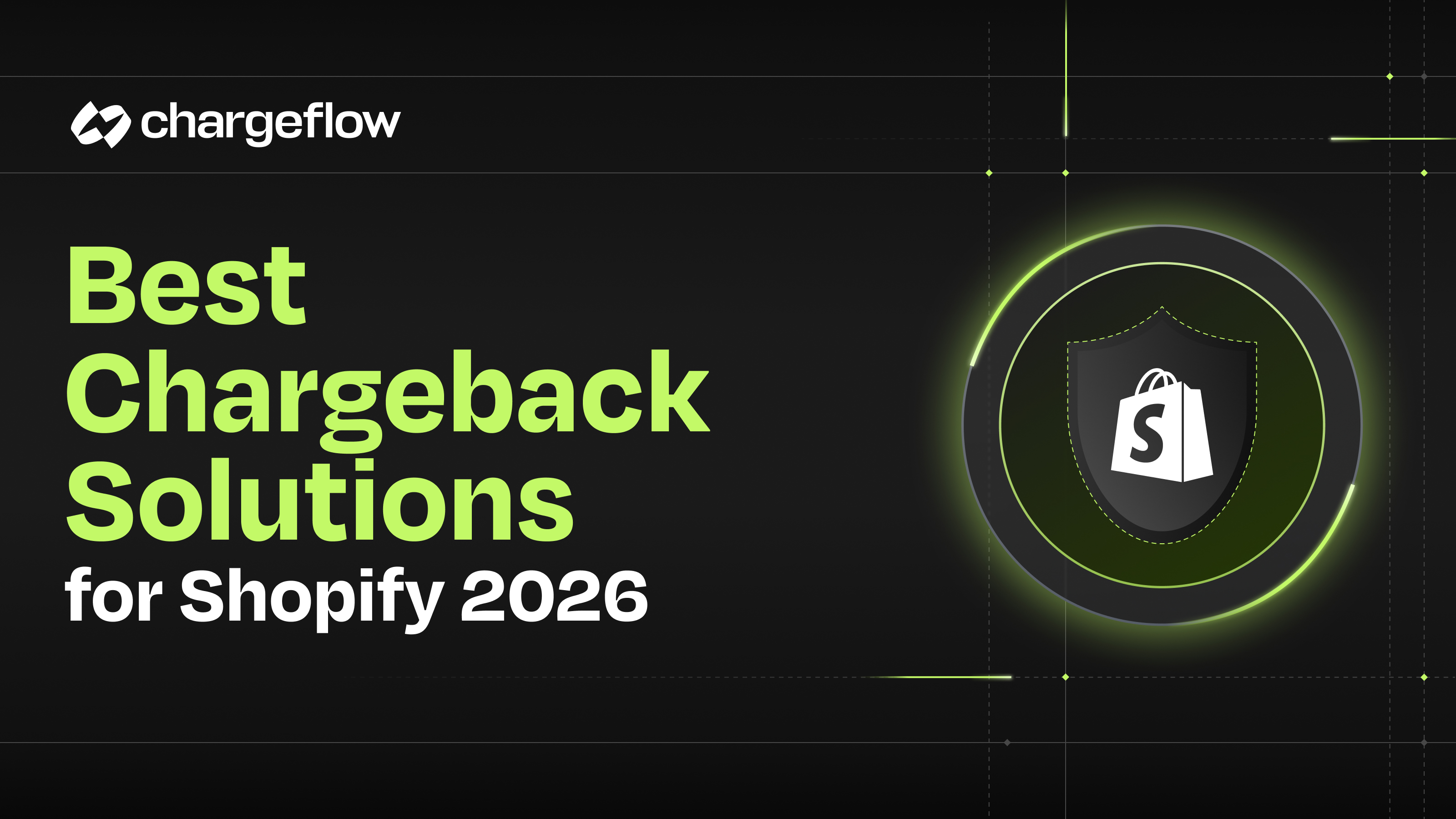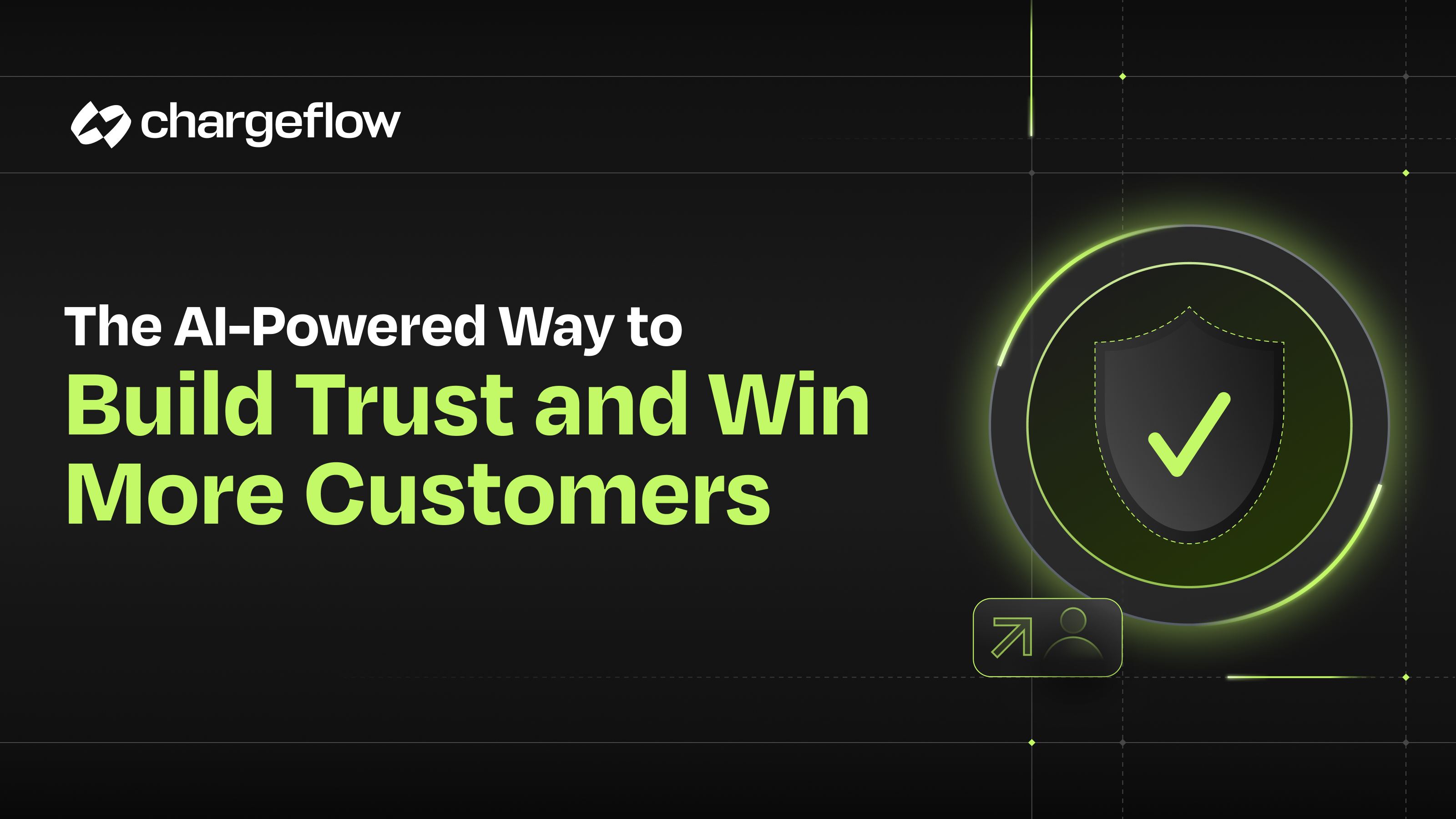The smartest PayPal Disputes Response Guide that helps you win cases with ease

Chargebacks?
No longer your problem.
Recover 4x more chargebacks and prevent up to 90% of incoming ones, powered by AI and a global network of 15,000 merchants.
PayPal disputes can suck the life out of your business if you don’t handle them professionally. This article will give you outside insights to win cases
Before we dive into excavating the exclusive tips and strategies to help you respond to PayPal disputes better, you need to get some insights into the etymology of the terms in focus.
The word, Dispute came from the old French word Desputer, which stems from the Latin Disputāre. And by extension, it means a controversy, a conflict of opinion, or point of view.
And as an e-commerce merchant, when you have a PayPal dispute, it means a fight. More so, now the new PayPal policy has come into force. Every time a customer files a dispute against you, you will lose money. You could also lose your merchant account in extreme cases, making it vital to be intentional with your PayPal dispute mitigation approach.
With the actionable guidelines in this article, you will have abundant materials to professionally structure your PayPal dispute responses.
Let's get started.
How does a PayPal Dispute Resolution work?
When there is an issue on a transaction, the customer opens a dispute in the Resolution Center, and PayPal withholds the merchant’s funds. The merchant has the option to either accept or reject the case. If they cannot work out their differences, the customer can escalate the dispute to a claim, at which point PayPal will step into the mediation. The PayPal Dispute Resolution team will try to form an accord for both parties.
Below are the standard components in each step of the process:
Step 1: Merchant gets a PayPal Dispute notification
When a customer opens a PayPal dispute, the system will send the merchant an alert immediately. PayPal will temporarily freeze the transaction funds until both parties have resolved and ended the dispute. When they reach a consensus on closing the dispute, PayPal will either credit the funds back to the merchant or refund the customer.
Step 2: Merchant responds to the dispute
The outcome of the case depends on dispute response. PayPal expects you to evaluate the issue and explain, decide if there are merits to grant the customer’s claim.
Generally, the majority of customers file disputes due to the following issue areas:
- Unauthorized Transactions – A customer claims that a purchase made was without their approval.
- Item Not Received – The customer paid for the goods but claims they didn’t receive shipment.
- Item Significantly Not As Described – The customer received the order, but there is a striking variance between what they saw online and the order you shipped.
For your response to the dispute:
- Log in to your PayPal account.
- Go to the Resolution Center.
- Click View under Action next to your case.
- Respond to the buyer, making sure to include any relevant information, and then click Post Message. Depending on what dispute the customer filed, you can add specific, compelling evidence to help you win the case with the tips here.
3rd Step: Merchant and Customer resolves the dispute
PayPal gives both parties 20 days to resolve the dispute. Often, they can easily find a solution that works for them. With that, the customer closes the case. However, if both parties cannot reach a consensus on how to resolve the PayPal dispute, the customer can choose to escalate the dispute into a claim.

How to make your PayPal Disputes response better
In the words of Katie Shonk, editor of the Negotiation Briefings newsletter at Harvard Law School, in the heat of the moment, it can be challenging to reason about how you got where you are and how you might make things better. But by taking a break to consider the elements of conflict, you can move toward a more rational assessment of the dispute and come up with ways to address it. In convex view, the best approach to resolving a PayPal dispute is effective communication. Talking to the cardholder helps you to get vital information to help you deal with the dispute.
Here’s how to enhance your disputes response:
Start the conversation with an open mind
Research has found that some PayPal chargebacks are the result of merchant error. Hear your customer’s side of the story. Don’t make unnecessary assumptions; get all the data you need to make a well-informed decision on how to fight the dispute. Rushing into action at first sight of a dispute can result in the loss of a valuable customer and reputation damage.
It might not hurt if you're willing to settle the dispute
If you are unwilling to settle the dispute amicably, then there’s no use talking to the customer. Your disposition will determine the reaction of the customer in most instances. Be helpful, show the cardholder that you intend to resolve the PayPal dispute, and you would’ve set the tone for mutual collaboration. Stay focused on finding a solution, not on proving why you are right. A compromise today could open doors for more businesses in the future. In the end, it’s in your best interest to settle the dispute with the customer rather than have it escalated into a claim, which will cost you more resources.
Put in the work to avoid unnecessary PayPal Disputes
If your business is facing a difficulty that could result in not meeting your clients’ expectations, you have to find creative ways to get your customers on your side. For example, PayPal designed The Resolution Center to help merchants communicate with their customers and avoid a dispute. If you face a challenge that could result in delays to fulfil orders or a shortage of supplies, you could leverage the platform to send a message to your customers, informing them of that challenge. That way, you don’t leave your customers in limbo, wondering what happened, as that can lead to them filling a dispute.

Automate your PayPal Disputes response
The sad reality is that you could implement everything we stated above and still have issues of PayPal disputes. Chargebacks as a friendly fraud is almost synonymous with e-commerce nowadays. Some customers use chargebacks to take advantage of merchants or to cut down the process of getting remediation.
Hence, it's wise to onboard a PayPal dispute automation service such as Chargeflow. That way, the artificial intelligence and machine learning algorithm can trace when a dispute on a payment occurs and fight those PayPal disputes and chargebacks as you’d wish. Chargeflow’s PayPal Dispute Automation pairs the power of technology with human intelligence. The super in-depth analysis and real-time statistics allow you to manage and understand your chargebacks without breaking a sweat.
What to do when a customer escalates a PayPal Dispute to a claim
By filing a claim, the customer gives PayPal the authority to evaluate the dispute and reach a decision for both parties.
As intimated above, PayPal offers customers the option to file a claim within 20 days of opening the dispute.
When a claim happens, PayPal will require you to give them compelling reasons to determine whether to rule in your favor. Below are some pieces of persuasive evidence that can be satisfactory in your PayPal disputes response:
- A third-party shipping receipt, a tracking number, or signature confirmation to ascertain that the merchant delivered an item.
- Proof that you shipped a replacement or issued a refund if the buyer received their order, but they found issues.
- A signed contract or other evidence indicating the merchant offered the services on the dispute.
- If the product or service was digital, the IP address, timestamps, Server, or activity logs to show the customer accessed the product or service.
You must be proactive in furnishing them with this information. Otherwise, you might lose the claim. Follow through on the issue until PayPal has reached a decision you can agree; don’t resign to only the digital platform process. Pick up a phone and call someone if you must. If you lose the case, here's how to appeal their decision.

Chargebacks?
No longer your problem.
Recover 4x more chargebacks and prevent up to 90% of incoming ones, powered by AI and a global network of 15,000 merchants.






























.png)








